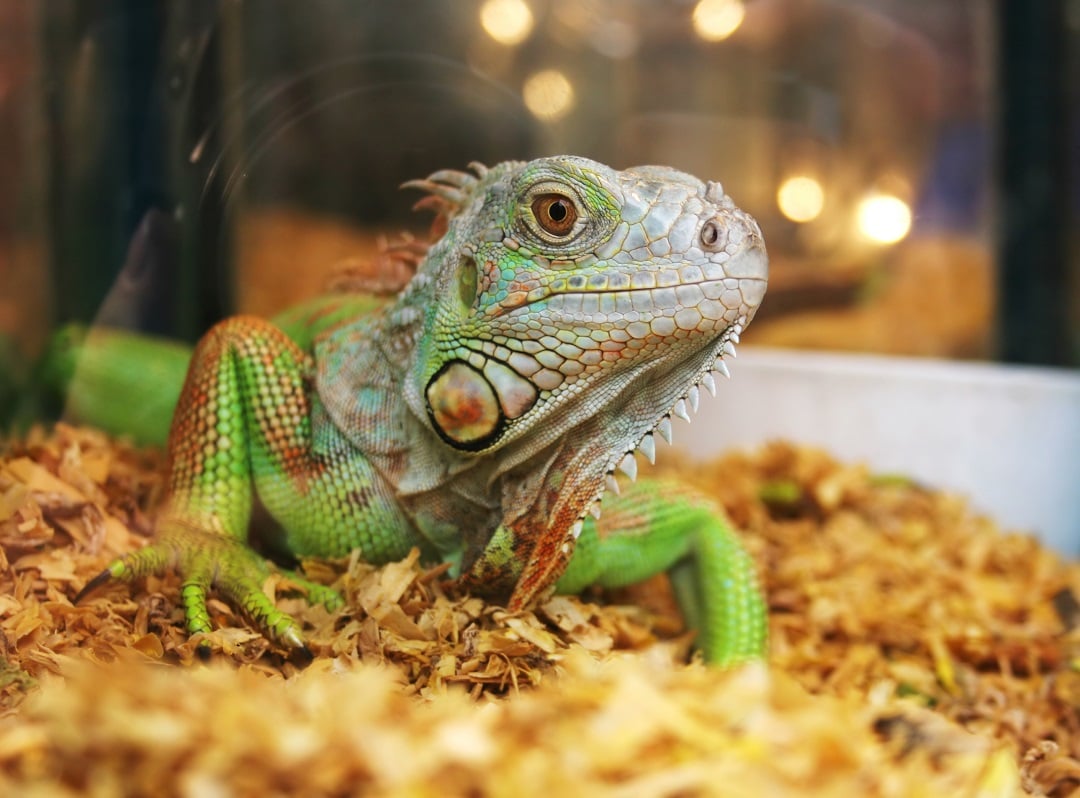
The hidden costs of the amphibian and reptile pet trade
Report
Our report investigates the impacts of the amphibian and reptilian pet trade industry in North America.
The trade in wild animals for their use as pets is a well-known driver of biodiversity loss, but it also has significant environmental and human health costs.
Our report, ‘Pet Retail Business Case: Amphibians and Reptilians in the North American Pet Industry' investigates the hidden impacts of this prolific industry.
What’s the issue?
Humans have kept pets, both domesticated and wild, since ancient times, driven by a fascination with animal life and the desire for companionship. Today, the pet trade is part of a global industry powered by a vast international network. This network includes suppliers, transporters and retailers, many of whom specialize in the trade of live animals. This network connects biodiversity-rich ecosystems to a fast-moving commercial market, shaped by the growing popularity of keeping wild animals as pets.
Ironically, the very trade that thrives on biodiversity also threatens it. Many wild species face population declines and even collapse.
Despite being a non-essential use of biodiversity, the pet trade represents a significant share of total demand for wildlife use. In the U.S. and Canada, millions of amphibians and reptiles are kept as pets and millions more are imported commercially every year. Of all live wild animals that are imported into Canada, almost half go to the pet industry. For amphibians and reptiles, this share is almost 70%.
While this trade generates economic revenue, it also poses serious ecological and health risks that affect animals, people and ecosystems, both in the regions of origin as well as in the importing regions. Until now, the full scale of these risks and hidden costs has not been thoroughly assessed. This study takes an important first step in that direction.
This study focuses on the trade in amphibian and reptilian species traded as pets in Canada and the United States, assessing the broader costs and benefits. It applies a cost-benefit analysis, which estimates the economic value of various impacts. In this case, the analysis includes both monetized and non-monetized factors. These include international trade of live animals, the value of related products and hidden costs such as ecological damage, invasive species, greenhouse gas emissions and health risks.
Key points from the report:
- 1.3 million amphibians and reptiles are imported into North America each year.
- Half of the species sold at pet superstores come from the wild, and 36% are threatened or vulnerable
- There are serious hidden costs to the exotic pet trade – including invasive species, greenhouse gas emissions and risks to human health including hospitalization and deaths.
 An Iguana kept as a pet in a cage. (Photo: Gina Smith / Shutterstock)
An Iguana kept as a pet in a cage. (Photo: Gina Smith / Shutterstock)
Banner photo: Anneka / Shutterstock.